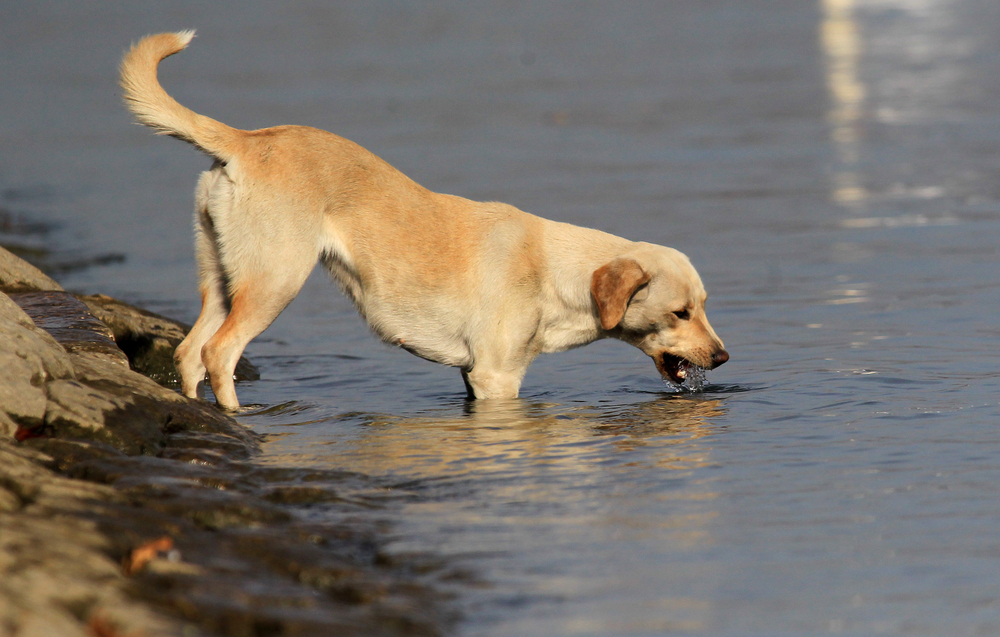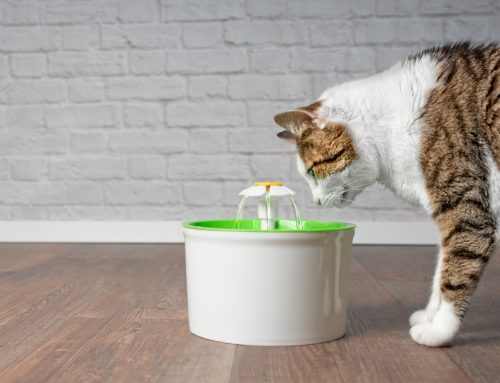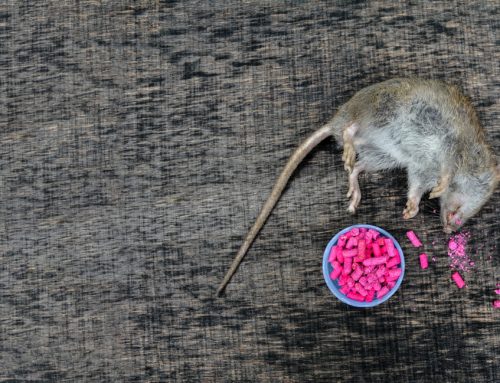Giardia is a common parasite that causes gastrointestinal (GI) issues and serious, foul-smelling diarrhea, especially in dogs, but also most domestic and wild mammals, birds, and people. Our Madison Street Animal Hospital team wants to help you understand this intestinal parasite and its effects, so you can protect your pet and avoid a foul problem. Read on for our answers to frequently asked questions about Giardia in dogs
Question: What is Giardia?
Answer: Giardia is a microscopic parasite that lives in a host’s intestines and infects the digestive system. The parasite is one of the most common in dogs, and can be found in food, water, or surfaces contaminated with feces from infected humans or animals. Giardia has a protective outer shell that allows survival outside the body for long periods of time.
Q: How do dogs get infected with Giardia?
A: Giardia is extremely contagious and spreads when the host ingests cysts, which are the parasite’s infectious stage. The cysts can be transmitted from the moment they are shed in an infected animal’s feces and can contaminate water, soil, and other surfaces. Common ways a dog can contract Giardia include:
- Swimming and drinking from contaminated water sources, such as puddles, ponds, or lakes
- Drinking from communal, contaminated water bowls
- Contacting an infected animal’s feces
- Rolling and playing in contaminated soil
The ingested cysts transform into the parasite’s active form (i.e., trophozoites), which attach to the intestinal wall, reproduce, and cause damage.
Q: What are Giardia signs in dogs?
A: The most common—and least pleasant—Giardia infection sign is the sudden onset of foul-smelling, soft, greasy diarrhea that is covered in mucus. Other signs include weight loss, greenish-tinged feces that may contain blood, lethargy, decreased appetite, and vomiting. Pets who are healthy, but infected, can be asymptomatic carriers and may never exhibit signs, but can still spread infection. While Giardia is rarely life-threatening in healthy pets, the infection can seriously affect pets with immature or compromised immune systems.
Q: How is Giardia diagnosed in dogs?
A: Diarrhea can be a sign of many conditions, and alone does not indicate giardiasis. A stool sample viewed under a microscope can reveal that giardia cysts are present, but the cysts shed intermittently, and repeat testing over several days may be necessary for an accurate diagnosis.
Q: How is Giardia treated in dogs?
A: Giardia treatment typically involves a combination of prescribed medications, such as fenbendazole or metronidazole, and environmental management, and may also include:
- Fluids — Some Giardia strains are more aggressive and can cause dehydration, which requires administration of intravenous (IV) or subcutaneous fluids.
- Diet — Your veterinarian may prescribe a diet that supports digestive health to help resolve the diarrhea.
- Bathing — Bathing your dog regularly can help remove cysts from their coat, reduce reinfection risk, and lower your risk of contracting the disease from your dog.
- Cleaning — Regularly clean and disinfect potentially contaminated surfaces, such as toys, bowls, bedding, and crates, during your pet’s treatment, to prevent reinfection.
Your pet should be re-tested two to four weeks after their treatment is completed to ensure the infection has cleared.
Q: Can my dog give me Giardia?
A: Giardia is a zoonotic parasite and can therefore be passed from animals to humans. However, the primary Giardia infection source in humans is contaminated water or food—not pets. You can reduce your transmission risk by practicing good hygiene, which should include:
- Gloves — Wear gloves when doing yard work to avoid contact with infected feces or soil.
- Prompt disposal — Dispose of dog feces immediately.
- Disinfecting — Regularly disinfect all household surfaces and dog supplies.
- Soap and water — Wash your hands with soap and water after touching your dog or their supplies.
Q: How can I prevent my dog from getting Giardia?

A: Use these tips to reduce your dog’s risk of contracting Giardia:
- Water bodies — Don’t allow your dog to drink from standing water bodies, like ponds or puddles.
- Shared areas — Regularly clean and disinfect your pet’s living environment and shared areas (e.g., communal bowls).
- Forget feces — Don’t let your pet sniff or ingest other animals’ feces.
- Small mammals — Prevent your pet from eating small rodents and mammals.
Understanding Giardia, practicing good hygiene, and managing your dog’s environment reduce your pet’s risk, but veterinary care is necessary for pets who contract this parasitic infection. If you suspect your dog has Giardia, contact our team at Madison Street Animal Hospital for testing and treatment. We can make that foul smell go away!





















Leave A Comment